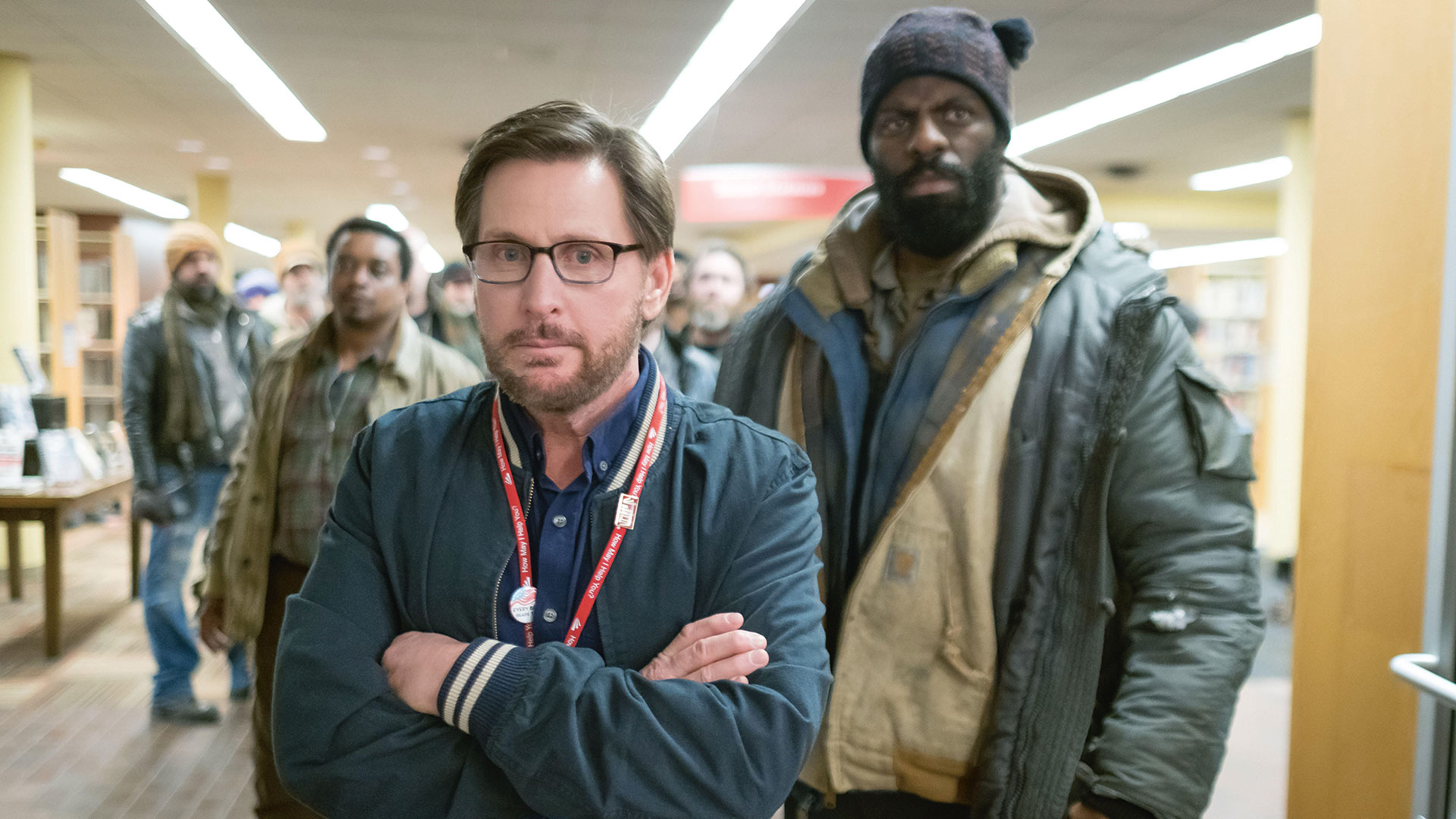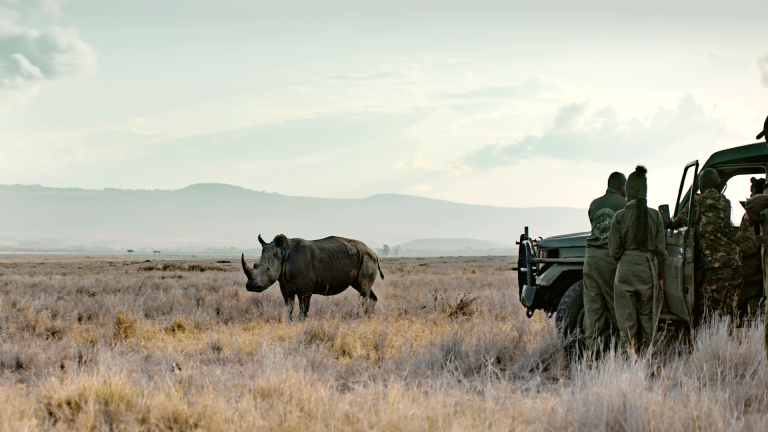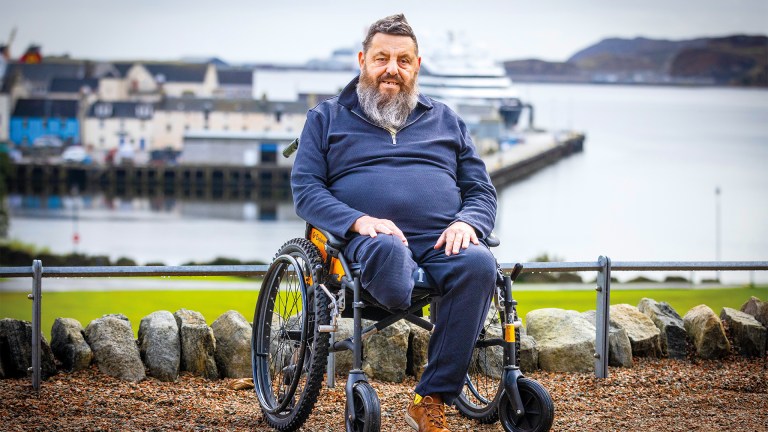The germ of the idea for his new film was inspired by an article in the LA Times in 2007 by Chip Ward from Salt Lake City Public Library. “The thesis of this piece was libraries have now become de facto homeless shelters, and librarians are first responders,” explains Estevez. “He ended the article with a question. He asked the reader: ‘Are you doing enough?’”
Estevez was inspired. “I am a storyteller. I can write a script. Is there a story here?” he asked himself. As he had done throughout his life, Estevez headed to the library.
“As a boy I was pretty shy and introverted, so I found refuge in the library. I found refuge in books,” he says. “It was just a local library but there was plenty for a boy to get lost in. I was so proud that I knew how to read the card catalogue and the Dewey Decimal System. Being in the library stoked my curiosity.
“I love encyclopedias. I love dictionaries. And it wasn’t just the act or the search for a specific word or specific subject, it was the getting there. Now the information you’re searching for is instantly delivered as opposed to getting wonderfully distracted, not by ads popping up but by other bits of information.”
Estevez had seen homeless people in increasing numbers during the long weeks he spent reading old microfiche copies of newspapers, in the history and genealogy section on the lower floors of LA Central Library, while researching his 2006 film Bobby – finding out what was in the news, in the music charts, on the television in the weeks leading up to Robert Kennedy’s assassination in June 1968.
Advertising helps fund Big Issue’s mission to end poverty
He set to work, bringing an understanding of the new, unofficial role played by libraries to his writing, but also mixing in the grounding he received from his father in civil disobedience and activism.
“I grew up in a very progressive household. My father has been arrested 69 times for nonviolent civil disobedience,” he grins, recalling being an awkward teen, looking on in embarrassment as his father was carted off in handcuffs, reciting the Lord’s Prayer at the top of his lungs, looking “out of his mind” – but, crucially, using his fame to draw public attention to issues around homelessness, his opposition to nuclear weapons or injustice around immigration.
“I understood fundamentally why he was doing it,” Estevez says now. “But not on the spiritual level until I started working on this film.”
“We have a tendency to criminalise not only poor people, but people experiencing homelessness and the mentally ill”
In LA Central Library, Estevez began talking with librarians and observing the library users.
“I thought: what if these individuals here decided not to leave? Would it be thought of as a threat? Because we have a tendency to criminalise not only poor people, but people experiencing homelessness and the mentally ill. We lock them up or we kill them. What does it look like if 100 people experiencing homelessness decided they weren’t gonna leave? I thought, there is a movie here. And it has only taken 12 years to get it made…”
There is a movie there. And it is a good one. Estevez plays librarian Stuart Goodson, Christian Slater is a sharp-suited district attorney with political ambitions, Alec Baldwin appears as a crisis negotiator, and Orange Is The New Black’s Taylor Schilling plays Estevez’s neighbour, while Michael K Williams – aka Omar from The Wire – is Jackson, unofficial leader of the homeless library patrons.
Advertising helps fund Big Issue’s mission to end poverty
How did Estevez get such a strong cast for a film shot on a tiny budget in just 22 days? Not through Hollywood connections, he insists.
“The assumption is that I’ve got this dense Rolodex with all of these actors in it,” he says. “But Christian Slater is the only actor I’ve worked with before. Alec Baldwin and I had not seen each other in 30 years, Taylor Schilling I only knew from Orange Is The New Black, Gabrielle Union I had never met before in my life. I had a phone conversation with Jeffrey Wright, same with Michael K Williams – and they all said the film spoke to them emotionally, spiritually and they wanted to be a part of it.
“They also asked if there was a way to limit their days because they actually had paying jobs they needed to do so the editor and I had to create the illusion that everyone’s there at the same time.”
It is an intriguing insight into low-budget filmmaking, the way big names are able to squeeze passion projects between better-paying gigs.
The Public shows the public library as a place of learning, refuge, shelter, community, knowledge, resources, warmth, information and pleasure, for young and old, wealthy and poor, housed and homeless. Early scenes show a group of men using the bathrooms to get clean – the municipal library bathroom becoming a place of community, like an old Roman bathhouse.
The individuals he met during his research process talked of fleeing war-torn countries, addiction issues, suffering with their mental health, and sometimes all of the above.
Advertising helps fund Big Issue’s mission to end poverty
“A lot of it was about gaining trust,” he says. “I got spat at and yelled at – and, you know, again, that’s the mental illness, unfortunately, in action. But I knew what I was getting into. I knew not everyone is going to be all cuddly and friendly and forthcoming.
“The way I found that worked was to keep my mouth shut and my eyes and ears open. Sometimes it’s just bearing witness.”
“There seems to be a contempt for poor people. As if it’s their fault that they’ve arrived at this place in life”
Estevez made sure to represent a breadth of experiences and histories.
“To lump everyone in as a homogenous mass shows almost a contempt for people,” says the filmmaker. “It is so dehumanising. There seems to be a contempt for poor people. As if it’s their fault that they’ve arrived at this place in life, as opposed to looking at the whole picture.”
The close observation of library users feeds into one of the most empathetic and nuanced depictions of homelessness on screen. Some of the library’s homeless patrons were offered work on the film, with Estevez stressing the importance of them being able to commit to turning up every day. “There was like a light that went on in some of these individuals’ eyes, where they said, ‘Somebody is going to depend on me? I can be here tomorrow,’” he says. “That was so empowering. Once you put that on a personal level there was a commitment and everybody showed up.”
Following in his father’s activist footsteps, Estevez hopes the film stirs up debate, and leads to understanding and change when it comes to issues around homelessness. While not optimistic, he remains, he says, a prisoner of hope.
Advertising helps fund Big Issue’s mission to end poverty
He rails against hostile architecture and the spikes in doorways to discourage rough sleepers from bedding down, citing a recent case in Cincinnati in which an encampment was moved away from a heating grate as “inhumane”.
He goes on to talk about the urgent need for investment in housing and how 11 per cent of Californian college students are couchsurfing or living in their cars while the number of people living on the streets of Los Angeles – with an estimated 60,000 homeless people in the Skid Row area alone – continues to rise.
Estevez also advocates for a form of Housing First – to both save money by preventing the need for emergency assistance and help reconstruct lives: “I don’t think you can talk about universal healthcare until you talk about universal housing,” he says.
I screened it for my father and he was in tears. Wiped out. And I was as well
“Bringing social workers into the healing process – it is not just more progressive, but it is more humane. And guess what? Now that person has an opportunity to get a job. And guess what they’re doing? They’re paying taxes.
“This whole movie is about where we are in this moment in time. And how a great empire has military compounds all over the world that our tax dollars are working to support and
yet the homeland, the infrastructure, the people’s wellbeing are all suffering.”
An early screening of The Public for 3,000 librarians at the American Library Association Conference in New Orleans won applause. Of equal importance to Estevez was that the film won the approval of an audience of one.
Advertising helps fund Big Issue’s mission to end poverty
“I screened it for my father and he was in tears. Wiped out. And I was as well,” says Estevez. “I said, ‘I paid attention, Dad. I understood. I listened to you – and God bless you.’He hadn’t understood before why I wanted to make the film as badly as I did. We had a real moment.”
The Public is in cinemas from February 21
This article originally appeared in The Big Issue magazine, which is available from The Big Issue Shop









